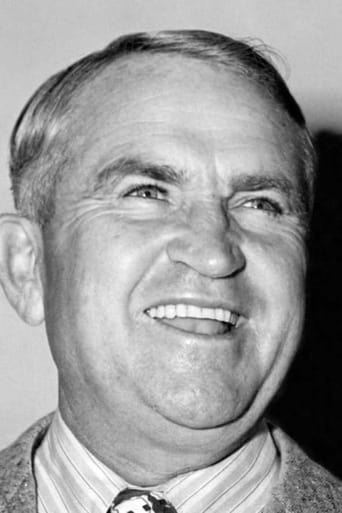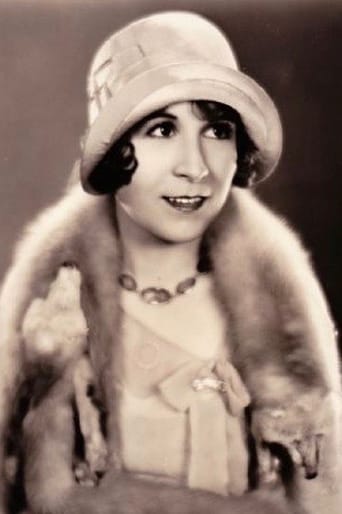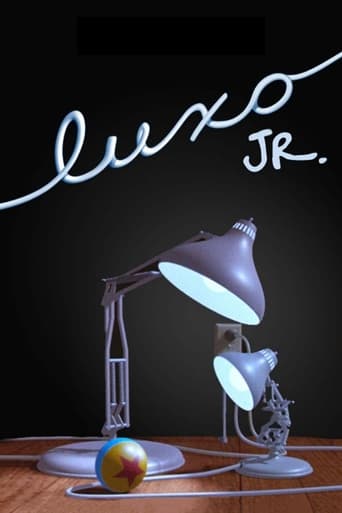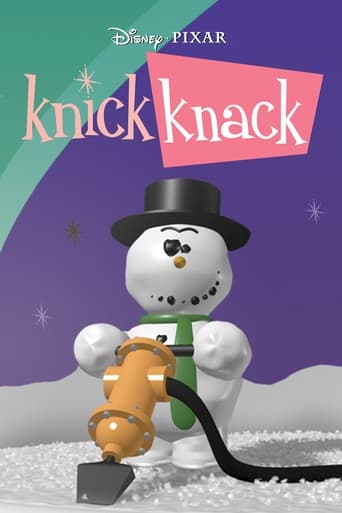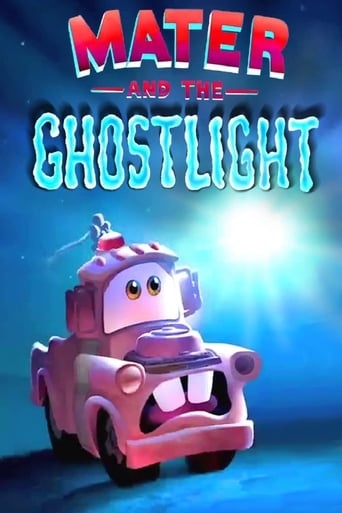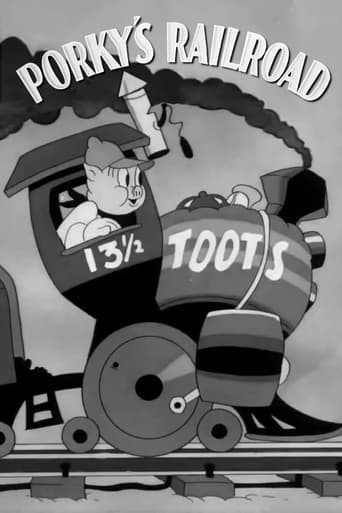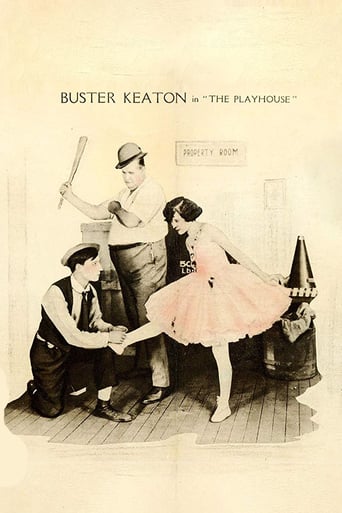
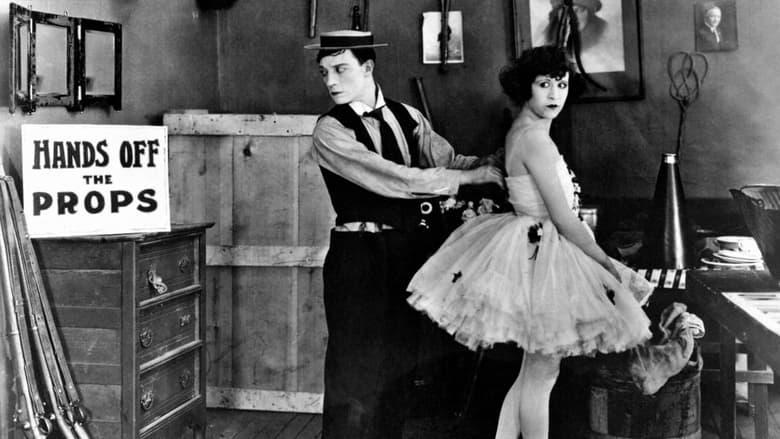
The Play House (1921)
After waking from the dream of a theater peopled entirely by numerous Buster Keatons, a lowly stage hand causes havoc everywhere he works.
Watch Trailer
Cast
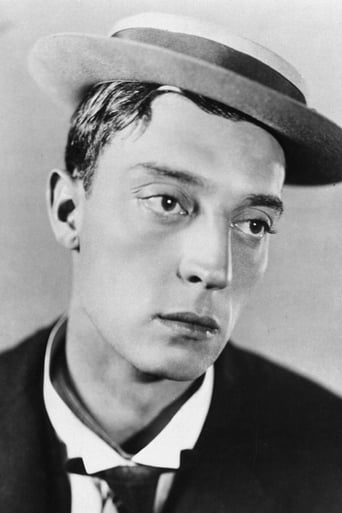


Similar titles
Reviews
In The Play House there is an opening sequence with multiple Buster Keatons on stage, playing the performers, musicians and the audience. It is a dream sequence which also comes across as a tribute to Georges Méliès.This short then settles down as Keaton plays a stage hand and a performer, well a performing monkey. Keaton also tries to woo his girl but she is a set of identical twins and he keeps picking on the wrong twin to kiss. He then gets constantly interrupted by the main performer who is also a beastly big man leading to hijinks and acrobatics.This short is rather episodic and surreal. Keaton's stunt work is more safe here as he was recovering from an injury at the time.
Michael Keaton's real name is Michael Douglas, but for obvious reasons he had to change it. He selected "Keaton" as a tribute to the most inventive physical comedian in the history of cinema, Buster Keaton.In 1996, Michael Keaton starred as multiple copies of the same character in the film "Multiplicity". I suspect he knew his namesake had beaten him to the punchline some 75 years earlier.In "The Play House", Keaton used carefully timed multiple takes and repeated exposures to have as many as 9 copies of himself in the same picture at the same time. Keaton is simultaneously the conductor, six musicians, 9 members of a chorus line and at least 5 members of the audience. It takes away nothing to note that this is all a dream sequence.But the segue from the dream sequence to the main story contains one of the most brilliant twists I've ever seen in a film of any era. Buster is awakened from his slumber by a cruel looking man who orders him out of his room. In the background, the "landlord's" aides take away the furniture from Buster's "apartment", then his bed, and then remarkably the very walls of the room! We back up to find that this is not Buster's home - he has fallen asleep on a bedroom set of a stage.Buster is a worker at a variety show, and most of the rest of the film has him replacing everything from a soldier to a magician's assistant to an orangutan, with frequently hilarious results.Buster Keaton's "The Play House" is that rare silent comedy that stands the test of time. While much of Chaplin, Lloyd or the Keystone Kops output seems juvenile, coy, silly or just plain unfunny, Buster Keaton's work still can cause you to laugh out loud.During the dream sequence, on one title card an audience member (Keaton) reads the playbill and notes "This fellow Keaton seems to be the whole show." Yes, but what a show!
"This fellow Keaton seems to be the whole show.""The Playhouse" is one of Buster Keaton's best and one of the most ingenious films from around this time that I've seen. It might never have been, either, if Keaton hadn't broken his ankle, thus temporarily prohibiting him from some of the daredevil stunts he'd become famous for. Instead, "The Playhouse" relies upon technical innovation and intelligent concepts; as a result, it's one of Keaton's most cinematic films, alongside "Sherlock, Jr."The first six and a half minutes are especially brilliant, featuring an opera house where all the performers, staff and audience members are Buster Keaton. It unfolds wonderfully, beginning with a sole Keaton purchasing a ticket, then opening upon Keaton as the conductor of a six-Keaton orchestra, a la trick-shot pioneer Georges Méliès's "L' Homme orchestre" (The One-Man Band) (1900). That's followed by a nine-Keaton minstrel show, two Keaton's dancing in harmony and the above retort made by a suspicious Keaton audience member to top it off. In addition to what seems an intentional allusion to Méliès, others consider the program gag a rib at influential producer Thomas H. Ince, who, indeed, credited himself repeatedly in the opening credits of his movies. There's a resemblance, especially in the interaction of the audience members, to Charlie Chaplin's "A Night in the Show" (1915), too.Keaton reveals the opening sequence to have been a dream, something he did with some of his other films, as well. What I think is especially interesting about the remainder of "The Playhouse", as well as the first sequence, is its self-reference. Even though the film is set in theatre, the cinematic self-reference isn't lost, and much of "The Playhouse" alludes to the deceptive nature of movie-making, from the multiple exposure effects to realize multiple Keaton's to the illusion that a set is Keaton's bedroom. Furthermore, the twins and the use of mirrors reference the first part of the film.The latter part of the film greatly resembles "Back Stage" (1919), which Keaton made with Roscoe "Fatty" Arbcukle. Perhaps even the same sets were used for both films; otherwise, they were duplicated. As in "Back Stage", an acting troupe quits, forcing Keaton and some other amateurs to take their place for the night's show. There's the typical backstage mayhem, with Joe Roberts chasing Keaton around. The aping bit from "Moonshine" (1918) and the cup of water gag from "The Rough House" (1917) are also both revitalized here. Every scene in this ingenious, witty picture takes on greater significance and humor in referencing itself, other films and cinema in general.
A BUSTER KEATON Silent Short.You can expect a lively night when the Buster Keaton Minstrels entertain at THE PLAYHOUSE.This hilarious little film is a tour de force for Keaton, who is often devastatingly funny. The amount of obvious effort that went in to making the special effects work is also impressive. Highlights: the opening minutes, with Buster playing absolutely everyone in the theater, from an old lady to a little boy, and, a little further on, Buster's peerless impersonation of a chimpanzee.Born into a family of Vaudevillian acrobats, Buster Keaton (1895-1966) mastered physical comedy at a very early age. An association with Fatty Arbuckle led to a series of highly imaginative short subjects and classic, silent feature-length films - all from 1920 to 1928. Writer, director, star & stuntman - Buster could do it all and his intuitive genius gave him almost miraculous knowledge as to the intricacies of film making and of what it took to please an audience. More akin to Fairbanks than Chaplin, Buster's films were full of splendid adventure, exciting derring-do and the most dangerous physical stunts imaginable. His theme of a little man against the world, who triumphs through bravery & ingenuity, dominates his films. Through every calamity & disaster, Buster remained the Great Stone Face, a stoic survivor in a universe gone mad.In the late 1920's Buster was betrayed by his manager/brother-in-law and his contract was sold to MGM, which proceeded to nearly destroy his career. Teamed initially with Jimmy Durante and eventually allowed small roles in mediocre comedies, Buster was for 35 years consistently given work far beneath his talent. Finally, before lung cancer took him at age 70, he had the satisfaction of knowing that his classic films were being rediscovered. Now, well past his centenary, Buster Keaton is routinely recognized & appreciated as one of cinema's true authentic geniuses. And he knew how to make people laugh...


